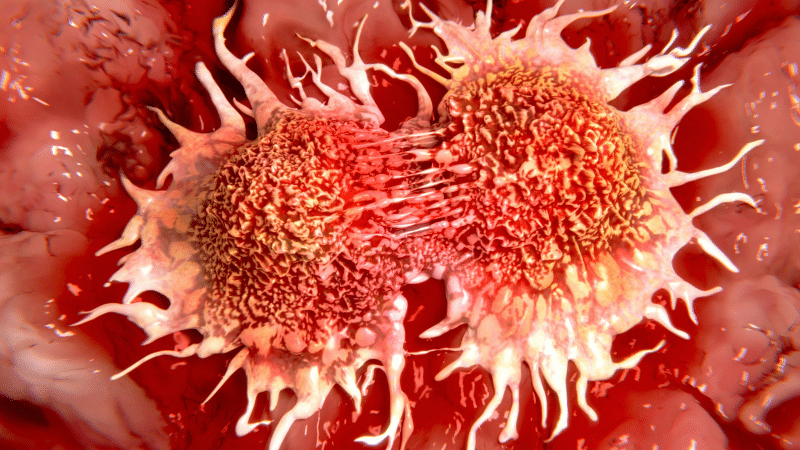
A new study involving researchers from the Harry Perkins Institute of Medical Research has uncovered a potential way to slow the growth and spread of one of the deadliest forms of brain cancer – glioblastoma.
Glioblastoma is an aggressive, fast-growing tumour that often resists standard treatments like chemotherapy and radiation.
A major challenge in treating it is the way cancer cells invade surrounding brain tissue, making it nearly impossible to remove completely with surgery. But the collaborative Australian study may have found a weak spot in the tumour’s defences.
“This study focused on tiny gateways in cells called ion channels,” said Professor Alistair Forrest, head of the Perkins Systems Biology and Genomics Group. “Here we generated spatial transcriptomics data for the project, allowing the team to see where these channels are expressed in patients brain tumours”.
“These channels control the flow of electrical signals and we discovered that glioblastoma cells are using them to support their growth and spread, particularly at the tumour’s invasive edge.”
The team studied ion channels linked to GABA (gamma-aminobutyric acid), a natural brain chemical that normally calms nerve activity. Using advanced techniques, the researchers identified that specific GABA-related ion channels were especially active in areas where the tumour was invading healthy brain.
When drugs that block these GABA-related channels were tested on mini-brain tumours (“organoids”), the cancer cells ability to grow and spread was significantly reduced. The effect was even stronger when combined with existing treatments like chemotherapy drugs and radiation.
“These findings open up a new treatment pathway,” said Professor Forrest. “Rather than just trying to kill the tumour, we’re looking at how to interfere with the signals it uses to spread.”
The study, which was led by Emily Fletcher at the Kids Research Insitute, not only sheds light on how glioblastomas behave but also points to repurposing existing drugs, some of which are already being studied for other neurological conditions, to fight brain cancer.
“This research highlights the power of combining molecular biology with patient-driven models to find smarter, more targeted ways to treat complex cancers,” said Professor Forrest.
While much more testing is needed before these findings can be translated into clinical care, the results open a door for developing new treatments that could one day improve outcomes for people diagnosed with glioblastoma.
Read the full paper: Novel GABAAR antagonists target networked gene hubs at the leading-edge in high-grade gliomas
